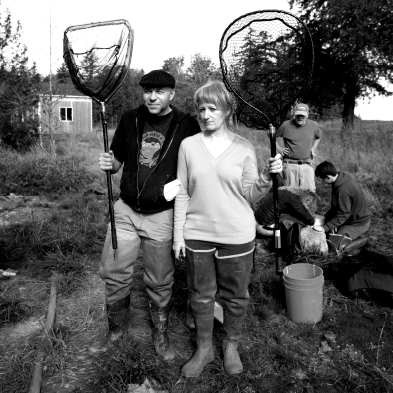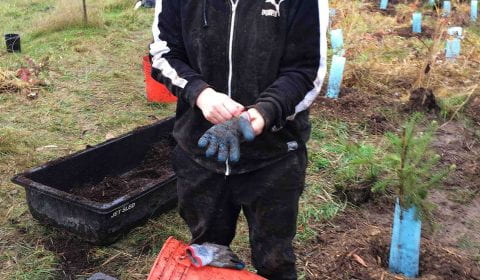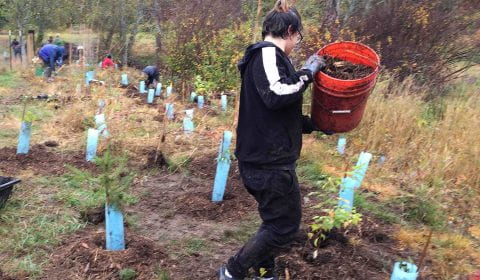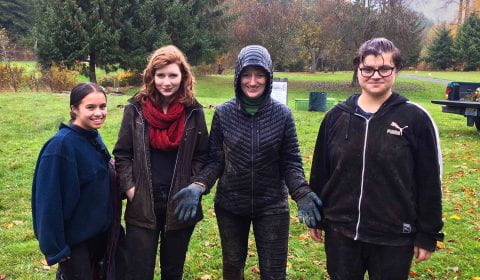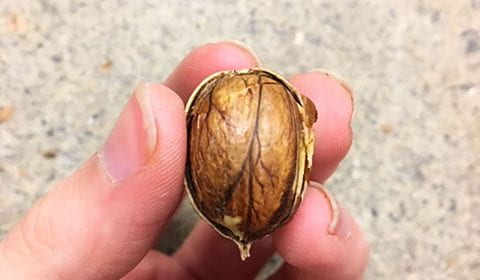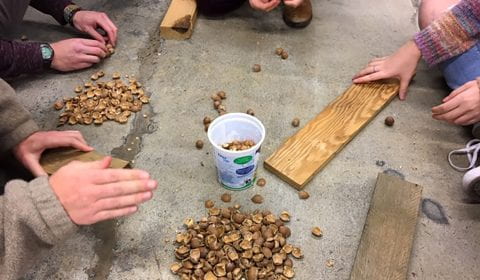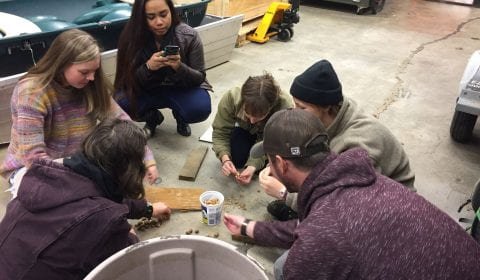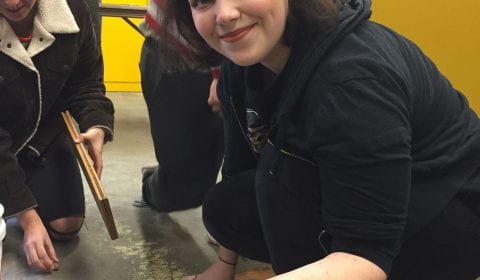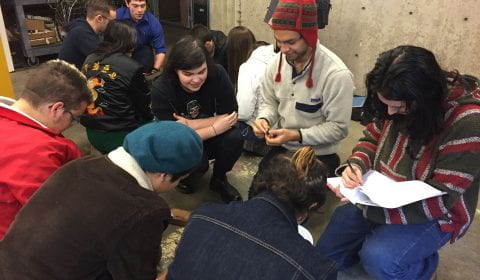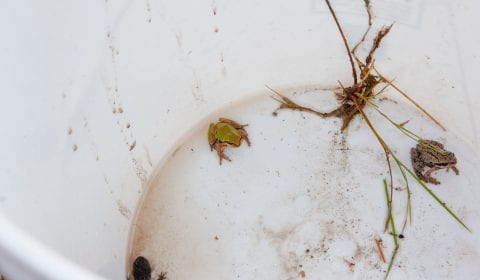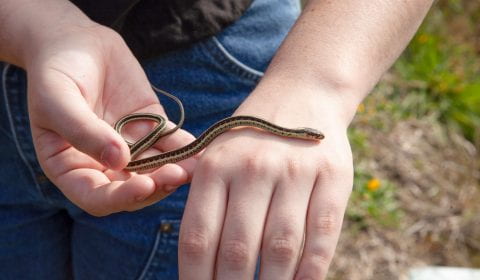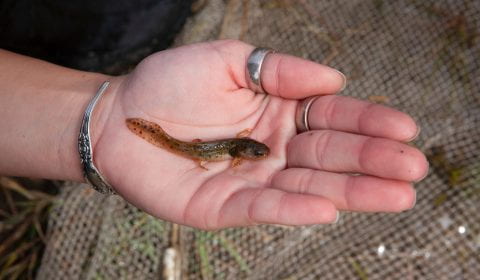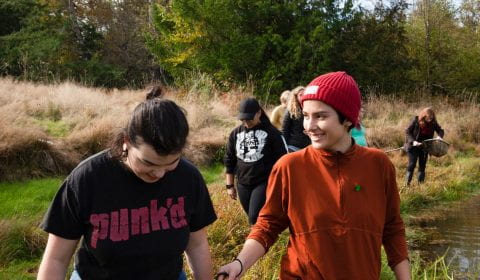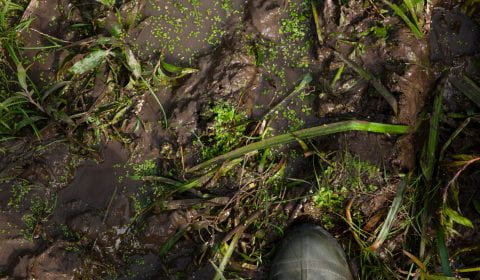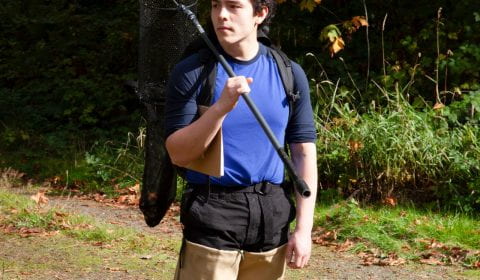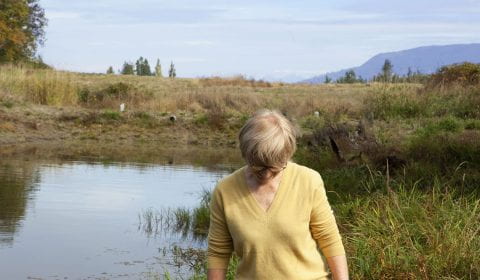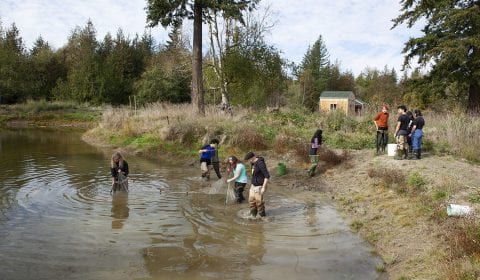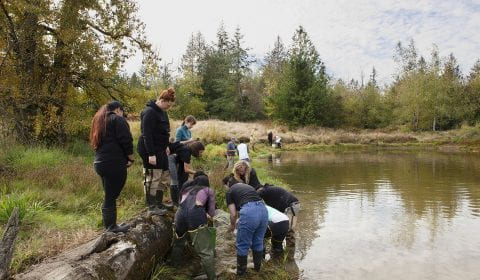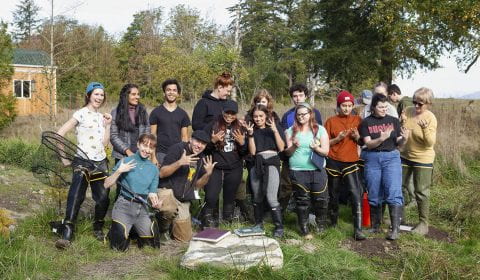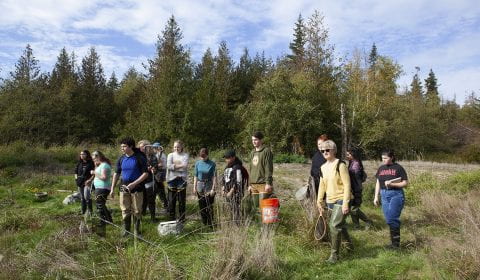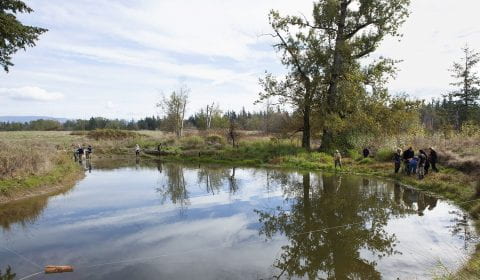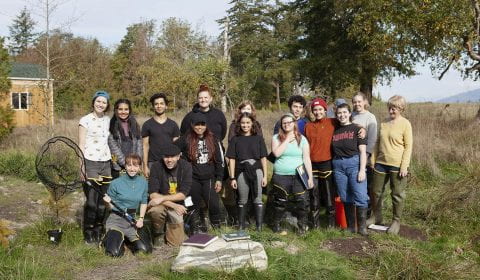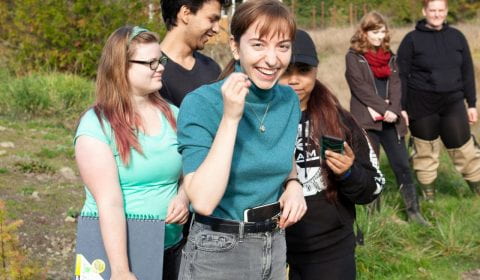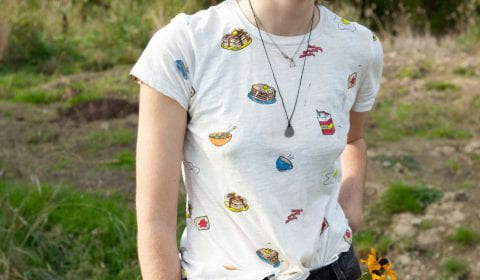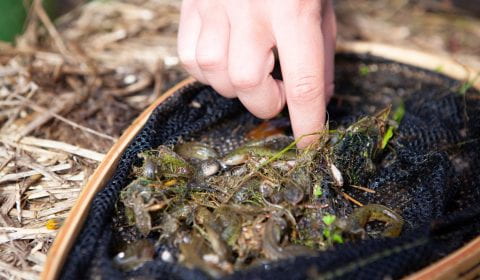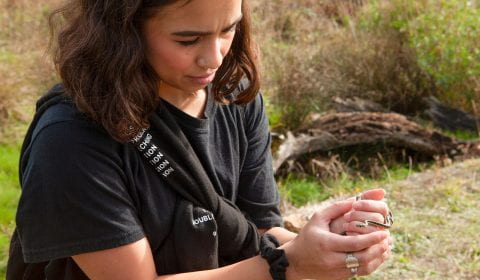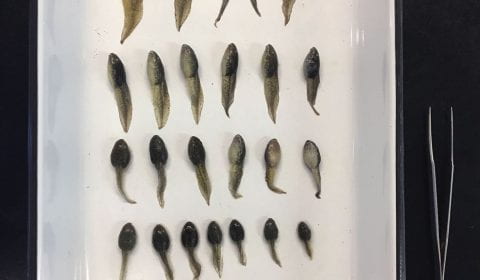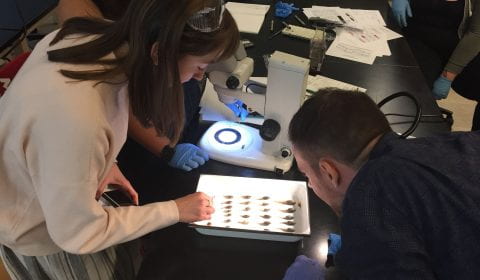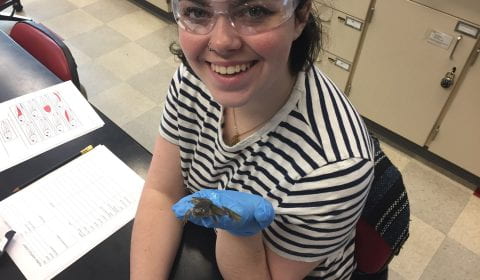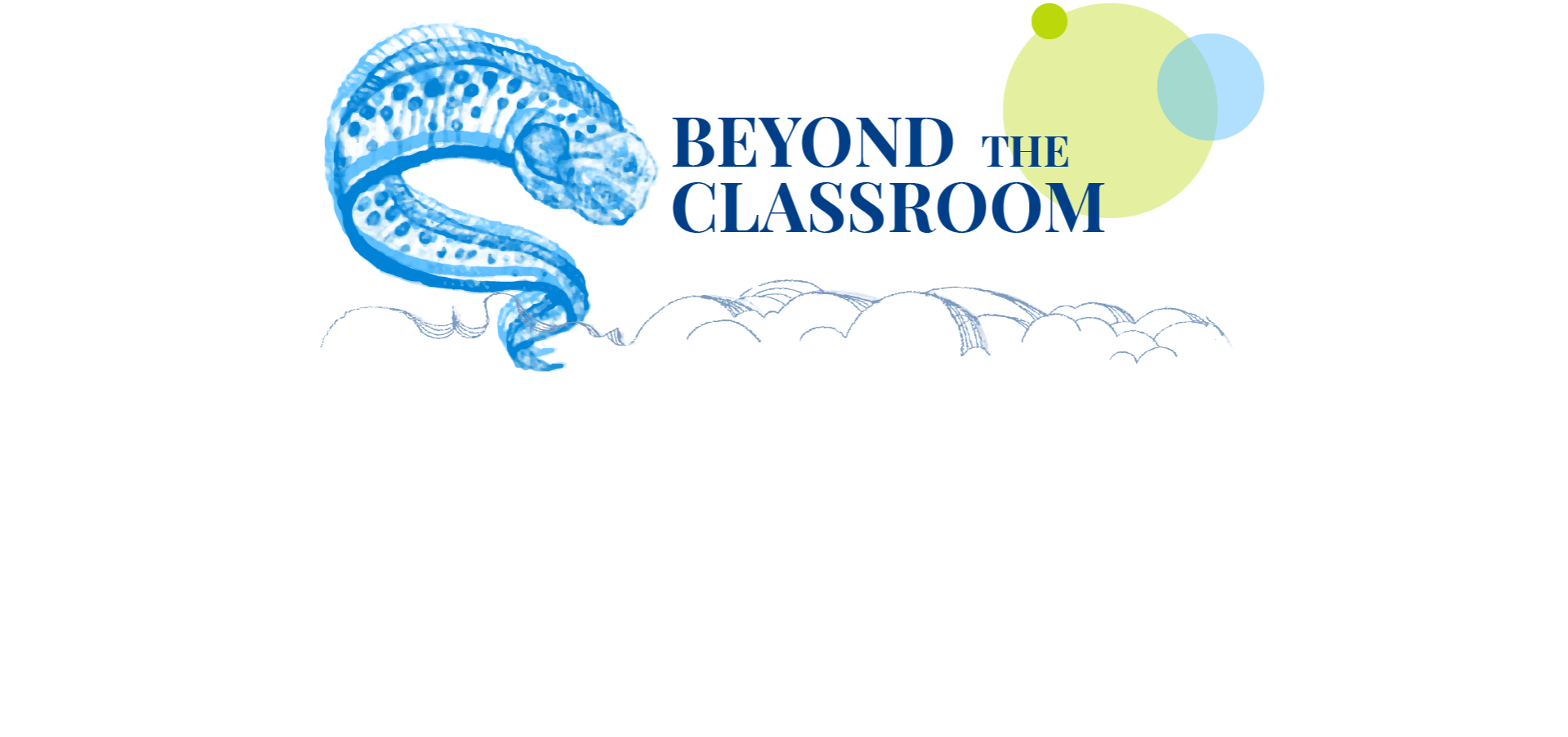
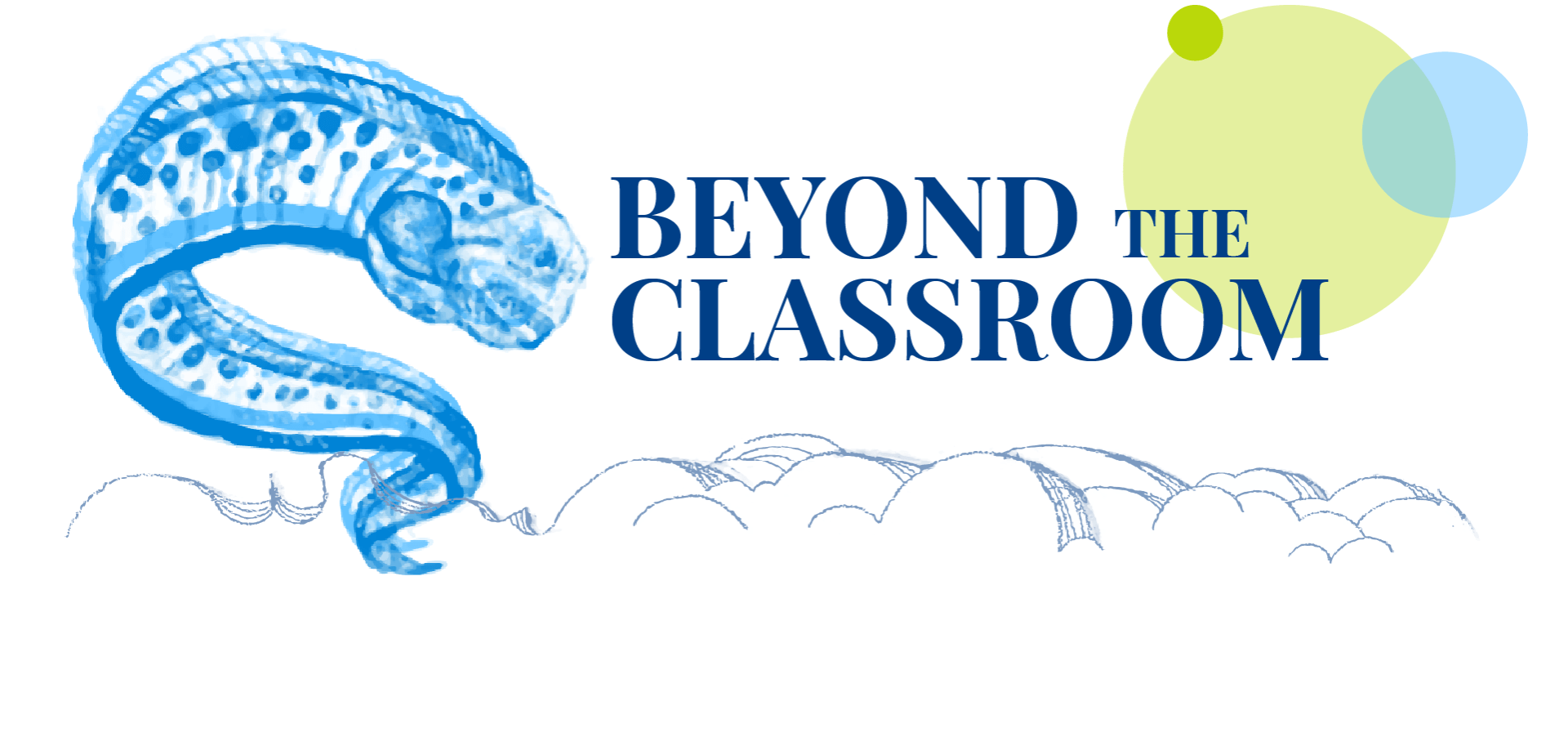
From wetland excursions with Eco-Action Artist and Biologist Brandon Ballengée, PhD, to a tour of Endangered Species: Artists on the Front Line of Biodiversity at the Whatcom Museum with Art Historian and Curator of Art Barbara Matilsky, PhD, this class was packed with events to expose students to and facilitate engagement in the broad and interdisciplinary subject of eco-art practice.
Below you will find information about visitors from within and outside WWU in Fall 2018 followed by a gallery of images highlighting those interactions.
Visiting Artists and Scholars
Click on the visiting scholar you would like to learn more about or simply scroll down the page to explore the whole roster of these amazing people.
Brandon Ballengée, PhD
Eco-Action Artist and Biologist
Beth Carruthers
Philosopher and Interdisciplinary Environmental Humanities scholar, Emily Carr University
Vanessa de Oliveira Andreotti, PhD
Professor and Canada Research Chair in Race, Inequalities and Global Change, UBC
Barbara Matilsky, PhD
Art Historian and Curator
John Tuxhill, PhD
Ethnobotanist and Associate Professor, Fairhaven College, WWU
Marco Hatch, PhD
Assistant Professor of Environmental Science at WWU and member of the Samish Indian Nation
Roger Anderson, PhD
Professor of Biology at WWU
Peter Thut
Stockroom Manager and Safety Officer at WWU
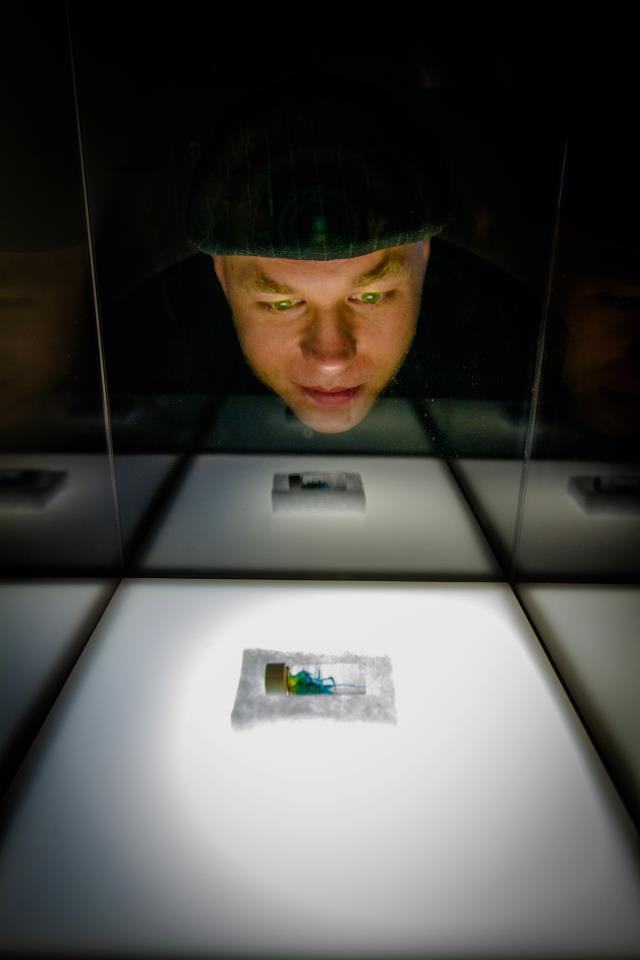
Brandon Ballengée, PhD
Eco-Action Artist and Biologist
Brandon Ballengée creates transdisciplinary artworks inspired from his ecological field and laboratory research into amphibians, birds, fish and insect species. He posits art practice as a means of realizing scientific research and scientific investigation as a means of creating art.
His artworks and research provide a model for collaboration across disciplines for ecosystem study and activism. Ballengée’s work was part of the Whatcom Museum exhibition, Endangered Species: Artists on the Front Line of Biodiversity, last Fall.
His week-long programming included three public lectures, two on campus and one at the Whatcom Museum. He visited multiple classes and led a “Wetland Eco-Action” with Art & Ecology and Vertebrate Zoology classes. Students also collaborated on a Specimen Preservation Workshop.
The preserved specimens from Biology joined other natural history specimens to become part of Salish Wonder Room, an Art and Ecology installation that was part Western Gallery’s, Modest Forms of Biocultural Hope.
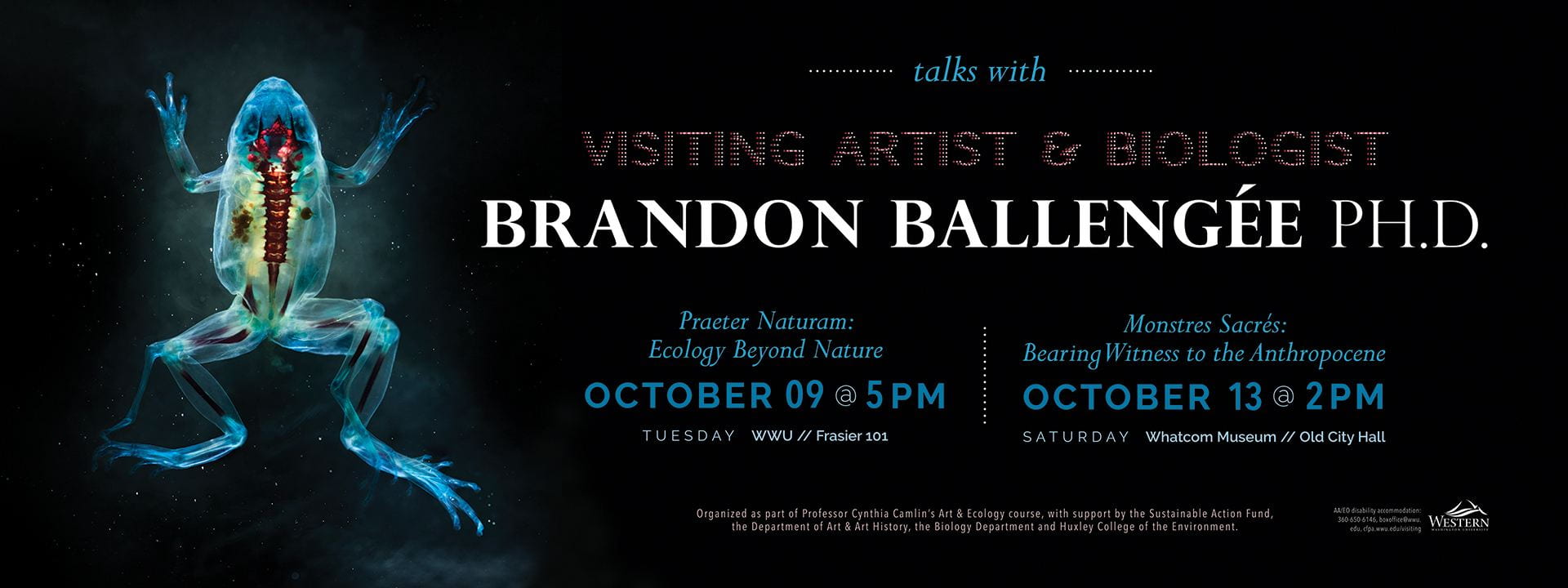
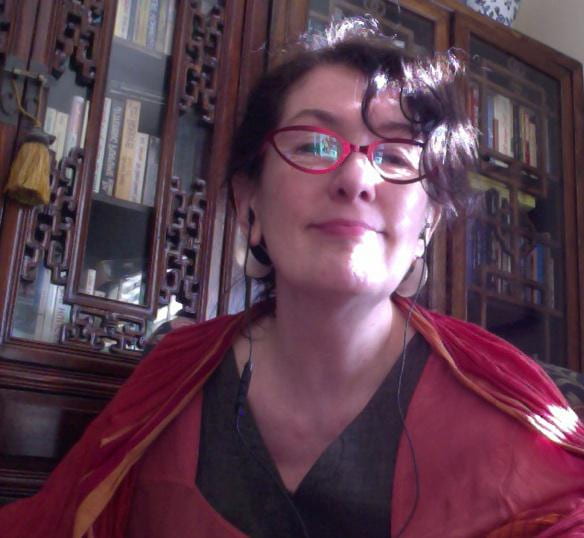
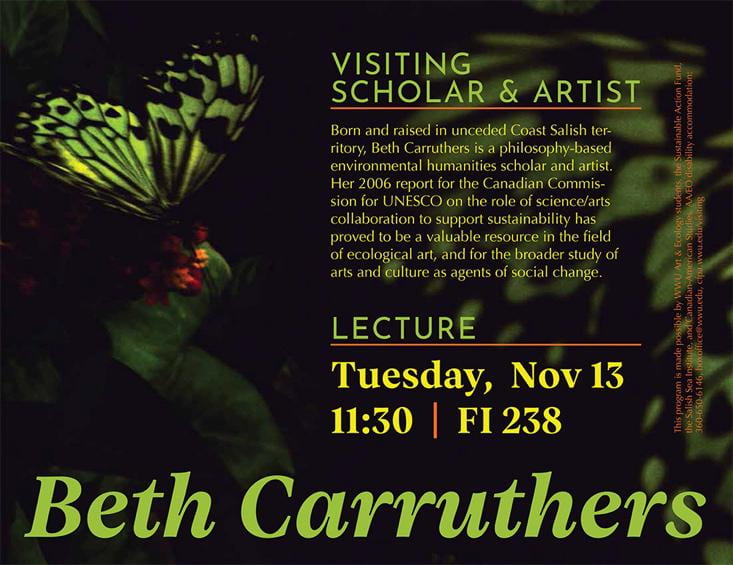
Beth Carruthers
Philosopher and Interdisciplinary Environmental Humanities Scholar, Emily Carr University
Born and raised in unceded Coast Salish territory, Beth Carruthers is a philosophy-based environmental humanities scholar and artist. Her 2006 report for the Canadian Commission for UNESCO on the role of science/arts collaboration to support sustainability has proved to be a valuable resource in the field of ecological art, and for the broader study of arts and culture as agents of social change.
While Carruthers was visiting WWU, she gave a public lecture, and facilitated an Art & Ecology classroom discussion and critique on students projects.
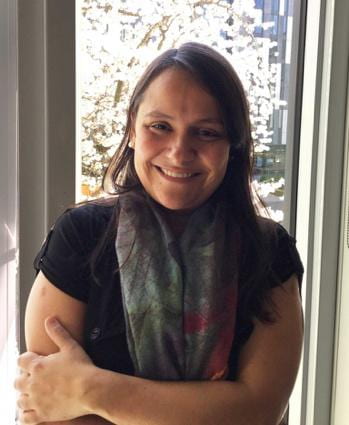
Vanessa de Oliveira Andreotti, PhD
Professor and Canada Research Chair in Race, Inequalities and Global Change, University of British Columbia
A scholar of education for social change, Vanessa de Oliveira Andreotti, brings an important humanistic and social justice dimension to arts education. Andreotti’s work “conceptualizes education as an expansion of frames of reference and of fields of signification with a view to expanding possibilities for ethical solidarities.”
During a public lecture on Western’s campus, Andreotti facilitated discussion around a mini-zine titled, “The House Modernity Built,” that demonstrates two cartographies outlining a theory-of-change. For students in Art and Ecology, Andreotti offered conceptual frameworks, practical feedback, and guidance on student’s Eco-Action projects. Students also read Andreotti’s writing from her 2015 presentation at the Indigenous Scholars Conference at the University of Alberta, “Torpor and Awakening”.
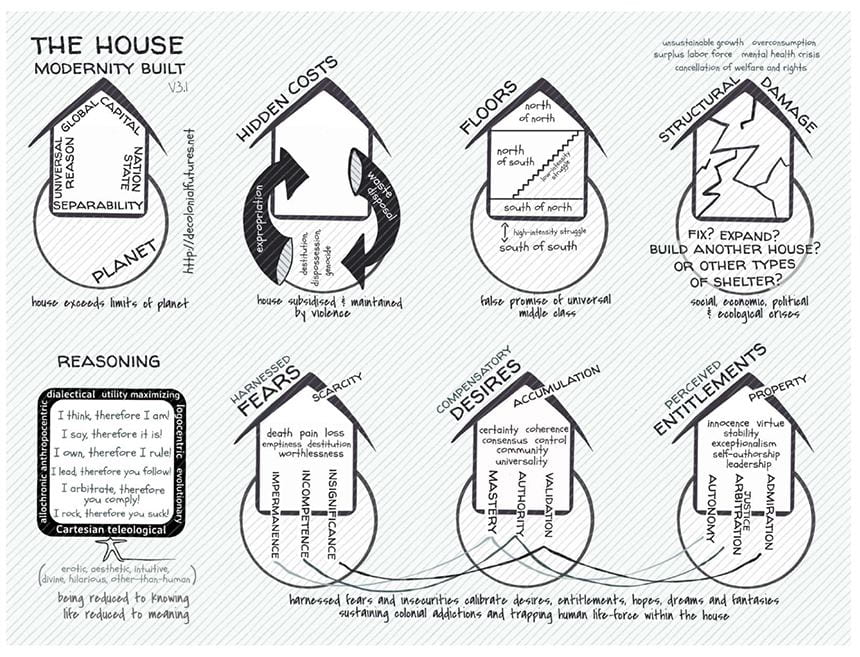
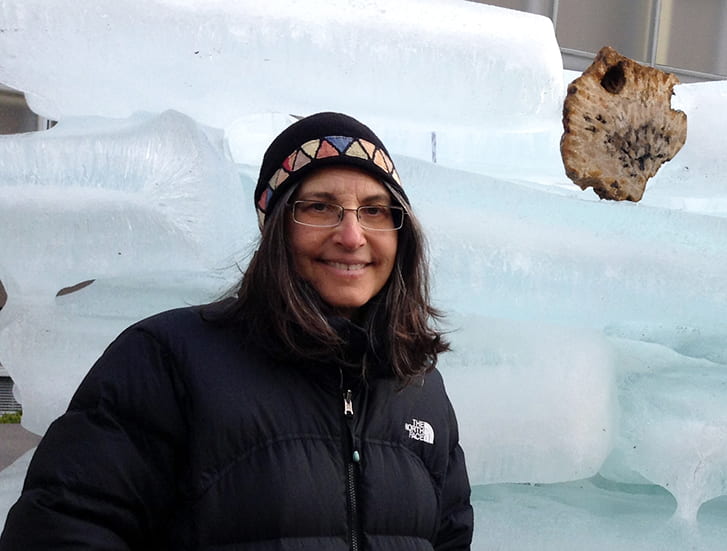
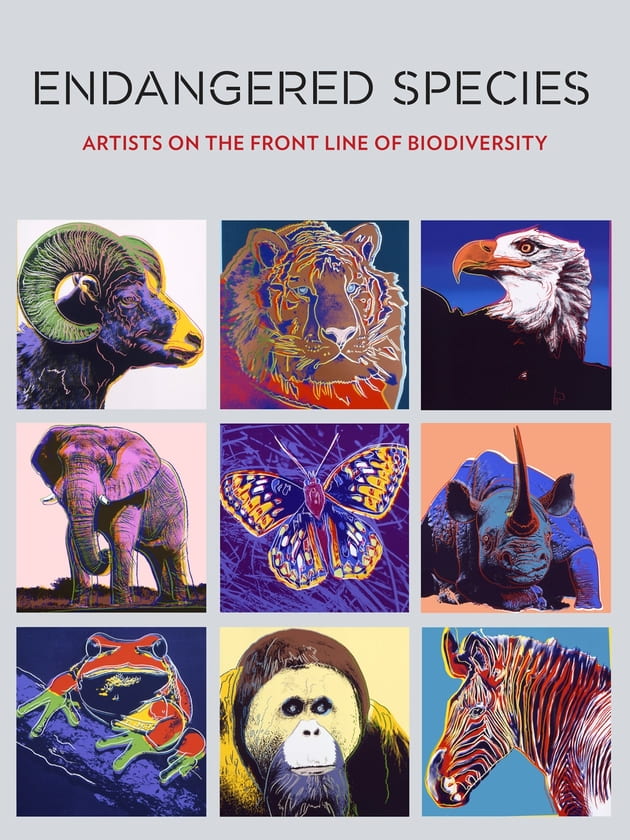
Barbara Matilsky, PhD
Art Historian and Curator
Barbara Matilsky curates exhibitions that address the intersection of art and natural science. At the Queens Museum, she organized Fragile Ecologies: Contemporary Artists’ Interpretations and Solutions (1992). In 2013, Matilsky curated Vanishing Ice: Alpine and Polar Landscapes in Art, 1775-2012, an international traveling exhibition. In 2018 she curated Endangered Species: Artists on the Front Line of Biodiversity.
For Art & Ecology students, Matilsky led a tour of Endangered Species: Artists on the Front Line of Biodiversity at the Whatcom Museum. She also gave a classroom lecture introducing students to the history of environmental art, from 19th-century landscape painting to contemporary eco-art activism.
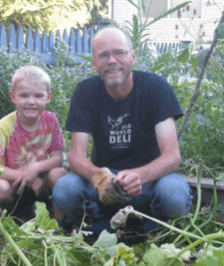
John Tuxill, PhD
Ethnobotanist and Associate Professor, Fairhaven College, Western Washington University
An ethnobotanist by training, John’s academic interests center on understanding how people value, utilize and manage plants and the natural world. John is particularly interested in how ethnobotanical and ethnoecological knowledge can help contribute to ecologically and socially sustainable ways of producing food, fiber, and other material resources, while also conserving biological diversity.
Professor John Tuxill met with the Art & Ecology class to present critical issues in ecological restoration. Some students joined with Professors James Helfield and John Tuxill and their students in a salmon habitat restoration work party on Whatcom Creek in collaboration with the Nooksack Salmon Enhancement Association.

Marco Hatch, PhD
Assistant Professor of Environmental Science at Western Washington University and is a member of the Samish Indian Nation.
As a marine ecologist, Hatch helps Native American students gain greater access to STEM opportunities while respecting coast Salish tribal people, landscapes, and seascapes. At WWU Hatch has created a wonderfully diverse lab charged with preparing the next generation of environmental scientists and leaders through fostering respect for Indigenous knowledge and providing students with a solid background in scientific methods. His research focuses on the nexus of people and marine ecology, centered on Indigenous marine management.
Marco Hatch and students of his Indigenous Resource Management course welcomed Art & Ecology students to learn about the traditional preparation of Garry Oak and Red Oak acorns, and actively participated in processing the acorns to make acorn flour.
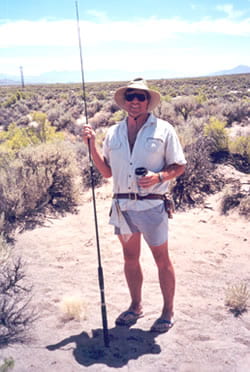
Roger Anderson, PhD
Professor of Biology at Western Washington University
Anderson’s research spans organismal biology, population biology, and community ecology. As a scholar in the sciences, one of Anderson’s core values are enabling students to obtain reliable knowledge, pursue deep understanding and a develop a path to wisdom, individual responsibility, personal integrity, commitment to service.
Professor Anderson collaborated with visiting artist and biologist Brandon Ballengée to organize the Art & Ecology specimen preservation workshop and amphibian eco-action field trip.
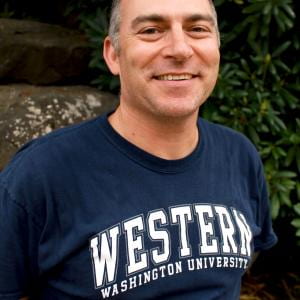
Peter Thut
Stockroom Manager and Safety Officer at Western Washington University
Thut is the stockroom supervisor and safety officer. He acts as liaison to Facilities, SciTech, and other departments on campus. Faculty and graduate student researchers come to Thut for assistance procuring equipment, supplies, and lab space for their work.
Peter Thut graciously gathered and supplied specimens from the Biology stock room that were displayed in the Salish Wonder Room. Later, he shared his knowledge about the specimens and students took notes and did further research to create an informative poster that was displayed in the gallery.
“Lichens deserve to be heard…this living entity has taught me the beauty and wholeness that comes to life when we work together. I believe that this functioning system is a common theme found throughout different aspects of the universe. My hope is to learn what those universal themes are and how lichen is a valuable example of what can happen when organisms collectively create.”
Art & Ecology Student Emma Parkinson, Fall 2018
“See, you can’t describe the thrill of watching one dive down into whitewater after a prowl, like that of a jaguar, only mid-air, 30 yards above. It’s hard to explain that feeling of wonder watching eyass fledging and take to the skies for the first time. This is how I grew to know the osprey. A time lapse, day by day.”
Art & Ecology Student Cole Russom, Fall 2018
This website is made possible by the support of WWU’s Sustainability, Equity, & Justice Fund.
Art & Ecology course developed by Professor Cynthia Camlin.
Website designed by Mouse Bird Studios & edited by Emma Parkinson. © 2020

